
The Fortune at the Bottom of the Pyramid
Eradicating Poverty Through Profits
Read or listen offline
Recommendation
C.K. Prahalad’s excellent book suggests replacing traditional notions of government-channeled aid with a new model for relieving poverty and stimulating development. The new model relies on profit-making businesses, especially multinational corporations (MNCs). The MNCs have an economic incentive to tap the great market that exists, all but hidden, at the bottom of the economic pyramid. The professor of business administrations demonstrates clearly that it is possible to develop business models that allow the poorest of the poor to participate actively in their own economic development by becoming entrepreneurs. Although the individuals at the bottom of the pyramid (referred to as BOP) have little money, collectively they represent a vast pool of purchasing power. They welcome opportunities to escape their oppressive burdens, including predatory intermediaries, corrupt governments and the societal “poverty penalty” that requires them to pay more than the rich for similar services. Clearly written, well documented and furnished with an abundance of anecdotes, getAbstract considers this book a must-read both for those interested in alleviating poverty and for those looking to tap a vast new market for consumer goods.
Take-Aways
About the Author
C.K. Prahalad is Harvey C. Fruehauf Professor of Business Administration and professor of corporate strategy and international business at the University of Michigan Business School. He co-authored the global business bestseller Competing for the Future.









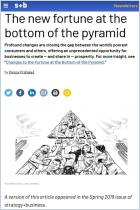
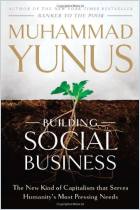
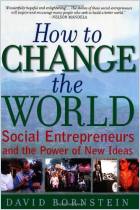
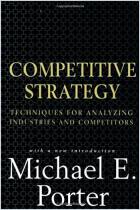
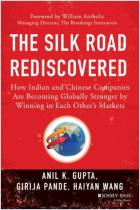
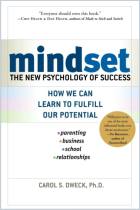




Comment on this summary or Démarrer une discussion